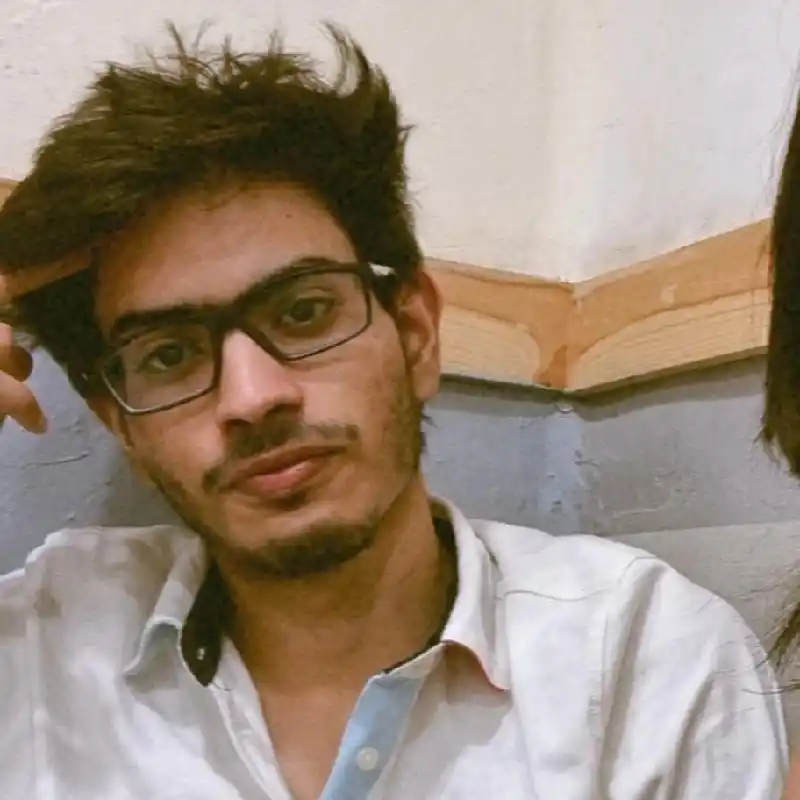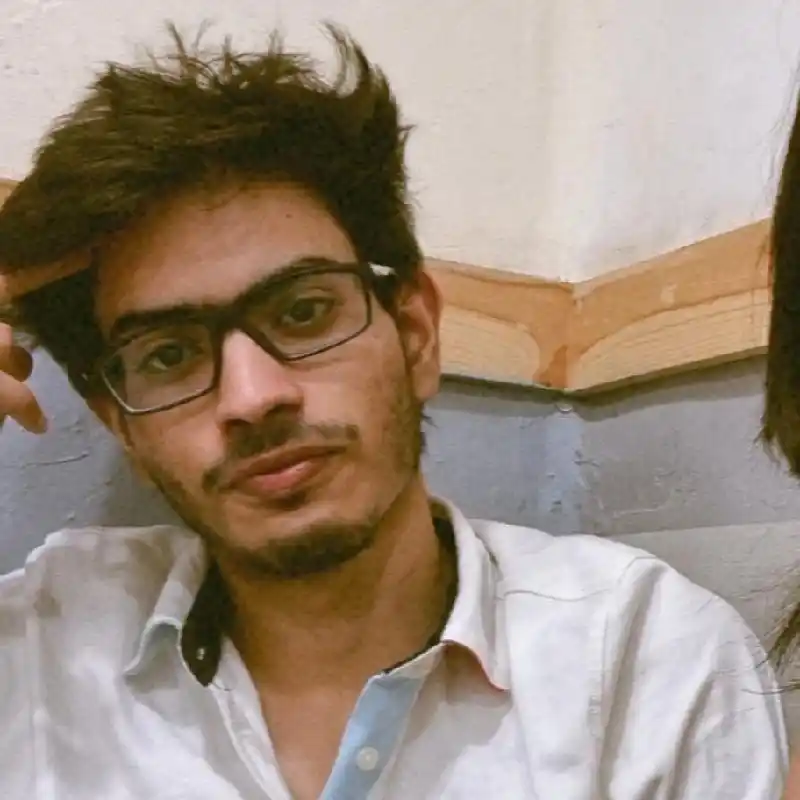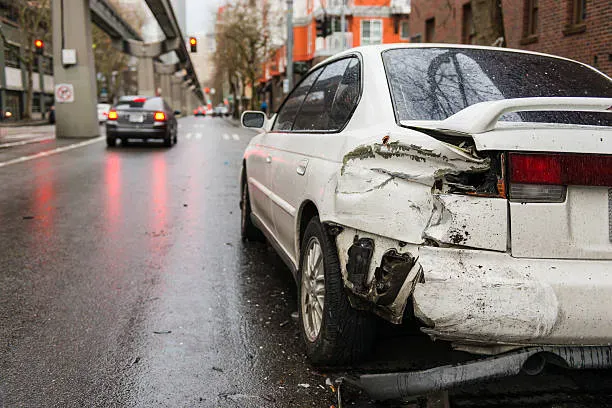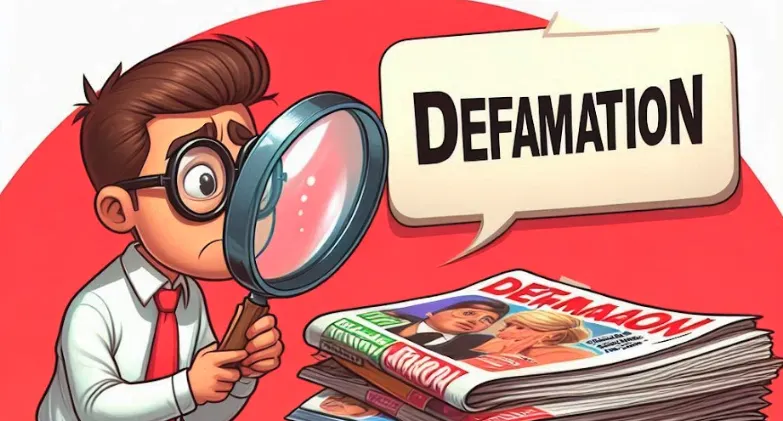Public Interest Litigation - An Analysis`
Public Interest Litigation (PIL), in general, is a legal process that allows individuals or groups to file petitions in court for matters that affect the public at large. It is a way for people to approach the court, not just for their personal issues but to seek justice on behalf of those who may not have the resources or means to do so.
PIL is a tool to promote justice and protect public interest in cases of human rights violations, environmental issues, or government policy failures.
advertisement
PIL was introduced in India in the late 1970s and became prominent during the 1980s. Justice V R Krishna Iyer and Justice P N Bhagwati were the main people behind introducing of the concept of PIL.
Previously, only those directly involved in a case could file lawsuits, but PIL expanded access to justice by allowing concerned citizens to take legal action for the greater good. This concept is particularly important in developing countries like India, where access to justice can be difficult for marginalized sections of society.
Through PIL, courts have intervened in a range of issues, such as ensuring rights for bonded laborers, prisoners' rights, environmental protection, and improving healthcare and education for the underprivileged.
In this article, we will explore the fundamental concepts and criteria for filing Public Interest Litigations (PILs) and examine the overall status of PILs in India.
Importance of PILs
-
Access to Justice for the Disadvantaged: One of the most significant impacts of PIL is that it provides access to justice for those who cannot afford legal representation or are unaware of their rights. In India, poverty, illiteracy, and social inequality often prevent people from fighting for their rights. PIL addresses this gap by allowing concerned individuals or organizations to file cases on behalf of disadvantaged communities.
For example: In Bandhua Mukti Morcha vs Union of India (1984) case, a PIL was filed on behalf of bonded laborers, resulting in the Supreme Court issuing orders to release thousands of bonded workers and improve their living conditions.
-
Protection of Fundamental Rights: PILs have been instrumental in safeguarding the fundamental rights guaranteed by the Indian Constitution. Courts have used PILs to enforce rights such as equality, freedom, and dignity, particularly for marginalized groups like women, children, and the elderly.
For example, In Vishaka vs. State of Rajasthan (1997), a PIL was filed after a case of sexual harassment at the workplace. The Supreme Court issued landmark guidelines (Vishakha Guidelines) to protect women from sexual harassment, which later became the basis for legislation in the form of the Prevention of Sexual Harassment (POSH) Act.
advertisement
-
Environmental Protection: PILs have also been key to addressing environmental concerns in India. Citizens and environmental groups have used PILs to hold industries and governments accountable for polluting air, water, and land, ensuring compliance with environmental regulations.
For example, In M.C. Mehta vs. Union of India (1987), a PIL was filed against the industries polluting the Ganges River. The Supreme Court ordered numerous industries to adopt pollution control measures, leading to significant improvements in environmental standards.
-
Addressing Social Issues: PILs have raised awareness about pressing social issues such as child labor, police brutality, and poor prison conditions. They help create a platform where these issues can be publicly discussed, often leading to reforms in policies and laws.
For example, In Sheela Barse Vs Union of India (1986), a PIL was filed regarding the treatment of women in prisons. The court issued guidelines to ensure better conditions for female prisoners, particularly those with children.
advertisement
Who Can File a PIL?
1. Any Indian Citizen:
You do not have to be personally affected by the issue to file a PIL. It can be filed on behalf of others who may not be able to approach the court themselves. For example, if there's pollution harming a community or a lack of basic infrastructure affecting many people, any concerned citizen can file a PIL.
2. Non-governmental Organizations (NGOs):
NGOs or organizations working in the interest of the public or specific groups can file PILs to address social issues or human rights violations.
3. Group of People (Class Action):
The court discourages using PILs to harass individuals or businesses, or for political reasons. PILs are meant for public welfare, not to settle personal grudges.
Who Cannot File a PIL?
1. Private Individuals for Personal Gains:
A PIL cannot be filed for personal interest or benefits. If the issue is solely about your own problems, it cannot be a PIL and it will be treated as a regular petition.
2. Frivolous Litigations:
The court discourages using PILs to harass individuals or businesses, or for political reasons. PILs are meant for public welfare, not to fulfil personal gains and interests.
advertisement
Steps to File a PIL
1. Identify the Issue:
The first step is to identify a matter that affects the public or a section of society, such as environmental concerns, violation of rights, or governmental failure to provide basic services. Ensure that the issue is not for personal benefits. A PIL must focus on a larger public cause. (Public Interest).
2. Gather Relevant Information:
Gather documents, data, reports, photos, or any other relevant materials to support your case. These will be used to show that the issue affects the public and needs court intervention. Make sure the facts are accurate and relevant. Filing incorrect or false claims could result in the dismissal of the PIL.
3. Decide Where to File a PIL:
- Supreme Court: You can file a PIL in the Supreme Court if it involves the violation of fundamental rights (Article 32 of Indian Constitution ).
- High Court: File the PIL in the High Court for public issues at the state level or when there is a violation of legal rights (Article 226 in Constitution of India).
advertisement
4. Draft the Petition
The petition should be written clearly, outlining the problem and how it affects the public. Include details such as:
- A public issue that requires the court’s attention and how it affects the public or a specific group of people.
- Relevant legal constitutional provisions, laws, or rules that are being violated.
- Relief or action sought from the court such as stopping a harmful activity, implementing a policy or investigation of an issue.
Include all evidence and documentation that support your claims in the petition. These may include government reports, photos, newspaper articles, etc.
5. Filing the Petition:
Submit your petition to the court’s filing department, either at the Supreme Court or High Court, depending on the case. File an affidavit confirming that all facts mentioned in the petition are true to your knowledge. The affidavit needs to be signed and notarized.
6. Preliminary Hearing:
After filing, the court will review the petition in a preliminary hearing. At this stage, the court decides whether the PIL is of public interest and if it should proceed. If the court accepts the PIL, it issues notices to the concerned parties or respondents (usually government authorities, organizations, or individuals responsible for the issue).
advertisement
Role of Judiciary in PILs:
1. Guardian of Fundamental Rights:
The judiciary, especially the Supreme Court and High Courts, acts as a protector of fundamental rights in PIL cases. These courts step in when there are violations of fundamental rights, particularly those affecting weaker sections of society.
For example, In Hussainara Khatoon v. State of Bihar (1979), the PIL highlighted the inhumane conditions of undertrial prisoners in Bihar, many of whom had been jailed for longer than the maximum sentence for their alleged crimes. The Supreme Court intervened, recognizing their right to a speedy trial, and many prisoners were released. This case helped reform the criminal justice system regarding undertrials.
2. Access to Justice for All:
The judiciary ensures that justice is not restricted to those with money or influence. PILs allow the courts to hear matters concerning marginalized groups (weaker sections, underprivileged. For example, construction and contractual workers, SC/STs) or who may not have the means to approach the court.
For example, in M.C. Mehta v. Union of India (1987), an environmental lawyer M.C. Mehta filed a PIL after a massive gas leak from Shriram Food and Fertilizers Industries in Delhi, which affected a large section of the population. The Supreme Court ordered compensation and set up guidelines for environmental safety, thus enforcing the right to a healthy environment.
advertisement
3. Judicial Activism
Through PILs, the judiciary has become more proactive, stepping into areas traditionally managed by the government or legislature when there is failure, neglect, or corruption. This form of judicial intervention is called judicial activism.
For example, In Bandhua Mukti Morcha v. Union of India (1984), the Supreme Court addressed the issue of bonded labor. The court took suo moto cognizance (on its own motion) based on a letter written by an organization fighting for labor rights. The court held that the practice of bonded labor is illegal and directed the government to take immediate steps to rehabilitate the bonded laborers.
4. Monitoring Government Action:
In many PIL cases, the judiciary not only gives a judgment but also actively monitors the implementation of its orders to ensure effective action by the government or authorities. This involves appointing committees or special officers to supervise the process.
For example, In Ganga Pollution Case (M.C. Mehta v. Union of India), the Supreme Court took cognizance of the pollution in the Ganges River through a PIL filed by environmentalist M.C. Mehta. The court issued directives to industries along the river to stop polluting and monitored the clean-up efforts, ensuring continued government action to reduce pollution.
5. Social Reforms through PILs:
The judiciary has used PILs as a tool to bring about social reforms in various areas like child labor, bonded labor, women’s rights, and environmental protection.
For example, In Sheela Barse v. Union of India (1986), the Supreme Court took note of the harsh treatment of female prisoners and ordered reforms in the prison system, including separate detention facilities for women. This case brought significant reforms in the conditions of women in custody.
advertisement
6. Balancing Judicial Overreach:
While the judiciary has been praised for using PILs effectively, it also has to be cautious of judicial overreach, where it oversteps into the roles of the executive and legislative branches. Courts are careful to strike a balance, ensuring they don’t interfere excessively in policy matters unless it is essential to protect rights.
For example, the courts have sometimes been criticized for overstepping their role. In Common Cause v. Union of India (2018), the Supreme Court was criticized for intervening in the government’s liquor ban on highways, which many saw as a policy matter.
Frequently Asked Questions (FAQs):
1. What kinds of issues can be addressed through a PIL?
A PIL can be filed on matters such as:
- Violation of Fundamental Rights of the public.
- Environmental issues (pollution, deforestation).
- Corruption or governmental inaction.
- Issues relating to human rights, such as rights of children, prisoners, or labourers.
2. Can a PIL be dismissed by the court?
Yes, the court can dismiss a PIL if it finds that it is frivolous, filed for personal interest, or has no genuine public interest. The court may also impose a fine for wasting its time.
3. What is the difference between a PIL and a regular case?
In a regular case, a person approaches the court for a personal grievance or issue. In a PIL, the petitioner files the case for the benefit of the public or a group of people, even if they are not directly affected.
advertisement
4. Can businesses or corporations file a PIL?
No, PILs are generally filed by individuals or organizations acting for the public interest, not for the private benefit of businesses or corporations.
5. Can a PIL lead to new laws or policies?
Yes, many PILs have led to new laws or changes in policies. For example, guidelines for sexual harassment in the workplace were first laid down by the Supreme Court in a PIL before a law was enacted.
REFERENCES:

Written by Shubhankar Krishnan
A Delhi University graduate and a 1st Year Law Student, gaining experiences in areas under General Corporate, litigation and Intellectual Property Rights.
advertisement
Further Reading
advertisement






